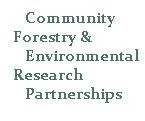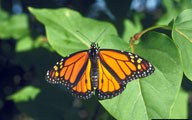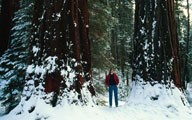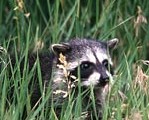|
2005 - 9th Annual CFERP Workshop - Westerbeke Ranch Conference Center, Sonoma, CA
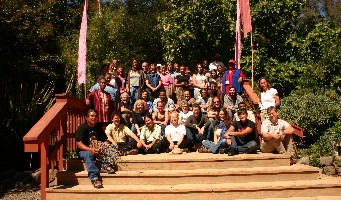
The 2005 CFERP annual workshop was a tour de force of community forestry and participatory research. A diverse group of forty-five participants from Native American, African American, Latino, and white communities spread from Alaska to Florida and Vermont to California gathered at the Westerbeke Ranch Retreat and Conference Center in Sonoma, California, in mid-September for three days of sharing experiences, comparing notes, and discussing burning issues in community forestry and participatory research.
The fellows and community partner research projects that were presented were equally diverse. A few highlights include: David Correia and Isaac Suazo discussed the impact of economic restructuring, reshuffled property relations, and non-local management regimes on the Vallecitos Federal Sustained Yield Unit in New Mexico; David Nickell, who is working with CFERP fellow Damayanti Banerjee, spoke movingly about his experience of displacement by the Tennessee Valley Authority in the Land Between the Rivers region of Kentucky; Vanessa Casanova and Andrea Cruz spoke about the plight of Hispanic farm workers in the pine straw industry in Southeast Georgia.
Our undergraduate fellows showed us how the seeds of community forestry and participatory research can be planted in the younger generation of social scientists. Juan Salter discussed the intersection of community forestry and public health in his presentation about a proposed walking trail in North Nashville, TN. Calvin McCargo, a senior at Morgan State University majoring in Architecture, presented his plan for a community park and garden in the Walbrook neighborhood of Baltimore and Judy and Julee de Hose discussed their project to reconnect Apache youth with the names and stories of places on their native land.
In a half-day session we discussed ongoing issues in participatory research. Former fellow Shannon Brawley and steering committee members Jill Belsky and Jonathan Long led exercises and discussions on the Questions that Won’t Go Away (questions such as who is the community, and what is the researcher’s role in it that arise in every PR project), the continuum of participation, and rigour and relevance in research. A fishbowl exercise exploring the experience with participatory research in two Native American communities produced many insights about what being actively involved in research can mean for community members.
The workshop also included a field trip to the Cache Creek Nature Preserve in Woodland, CA. This field site has many connections to the fellows, community partners and steering committee members that attended this year’s workshop. Shannon Brawley, a former fellow, did her research here and founded the native plant tending and gathering garden with which she is still involved in her role as Executive Director of the California Indian Basketweavers Association. Don Hankins, a 2004 fellow, also did his research at Cache Creek with Sue Campbell, his community partner, who is on the steering committee for the Tending and Gathering Garden. Jacquelyn Ross, a CFERP steering committee member, is also on the Tending and Gathering committee.
The field trip at Cache Creek consisted of an introduction to the site with a history of its formation and the diverse interest groups involved: county officials, gravel miners, local farmers and Native Americans. The executive director of Cache Creek discussed the restoration of the Cache Creek watershed. Another session discussed the use of prescribed burns in resource management and the last session gave an overview of the Tending and Gathering Garden.
This is what our participants had to say about the workshop:
“The people and diversity of projects under the rubric of community forestry was amazing. You have funded and promoted great works that are transformative and the community built around our discussions will last and grow.”
“I was struck by the presentations from the fellows and the community partners. Particularly struck by the youth, intensity, scope of PAR participants and their desire to contribute something to the world and the fact they are accomplishing that!”
“I most valued making contact with academics and others who shared their perspectives, experiences and ideas. As an advisor this was a unique opportunity to bring together my research and advising roles. It opens eyes to possibilities and validates them. It was useful and transformative experience for me.”
For more information on Cache Creek: http://www.cachecreekconservancy.org
For more information on Westerbeke Ranch: http://www.westranch.com/
|
